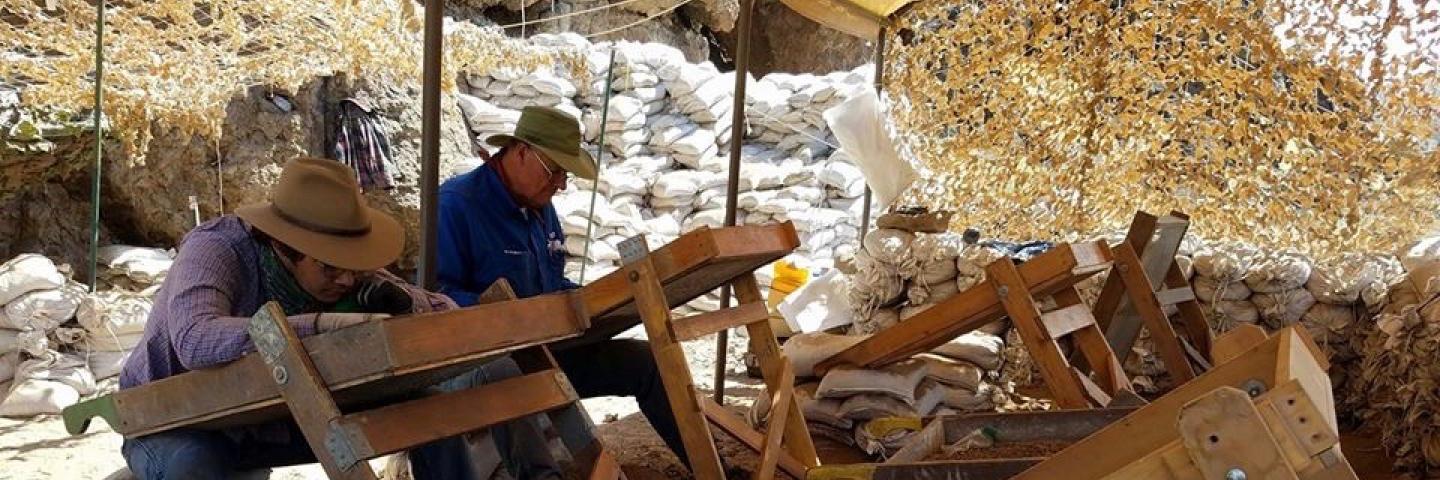The museum houses Oregon’s most active archaeological research program and is a leader in bringing to light new findings about the region’s cultural past.
Museum archaeologists lead surveys and excavations, principally within Oregon, but also throughout the Pacific Northwest, the Pacific Rim, and Europe. Our work has unearthed fragile millennia-old basketry, traces of ancient settlements buried beneath volcanic ash, 14,000 year-old human coprolites left by the continent’s earliest settlers, the homesteads and cemeteries of Oregon Trail pioneers, and communities of 19th century Chinese miners.
Through field schools, grant-funded studies, and collaborations with corporations and public agencies–including the Oregon Department of Transportation (ODOT), the Bureau of Land Management, and others, the research division helps to rediscover, protect, and preserve Oregon’s rich cultural heritage.
CURRENT AND RECENT PROJECTS
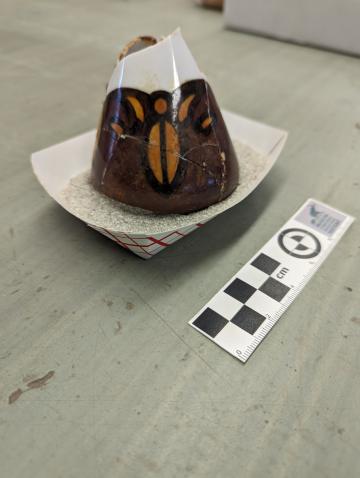 | OR 99: ANDERSEN DAIRY PROJECT In 2022, MNCH archaeologists and researchers excavated a dump site associated with the Andersen Dairy homestead near Bend, Oregon. The research is part of Oregon Department of Transportation's Bend North Corridor Realignment. More than 2400 items were removed and catalogued. Read more. |
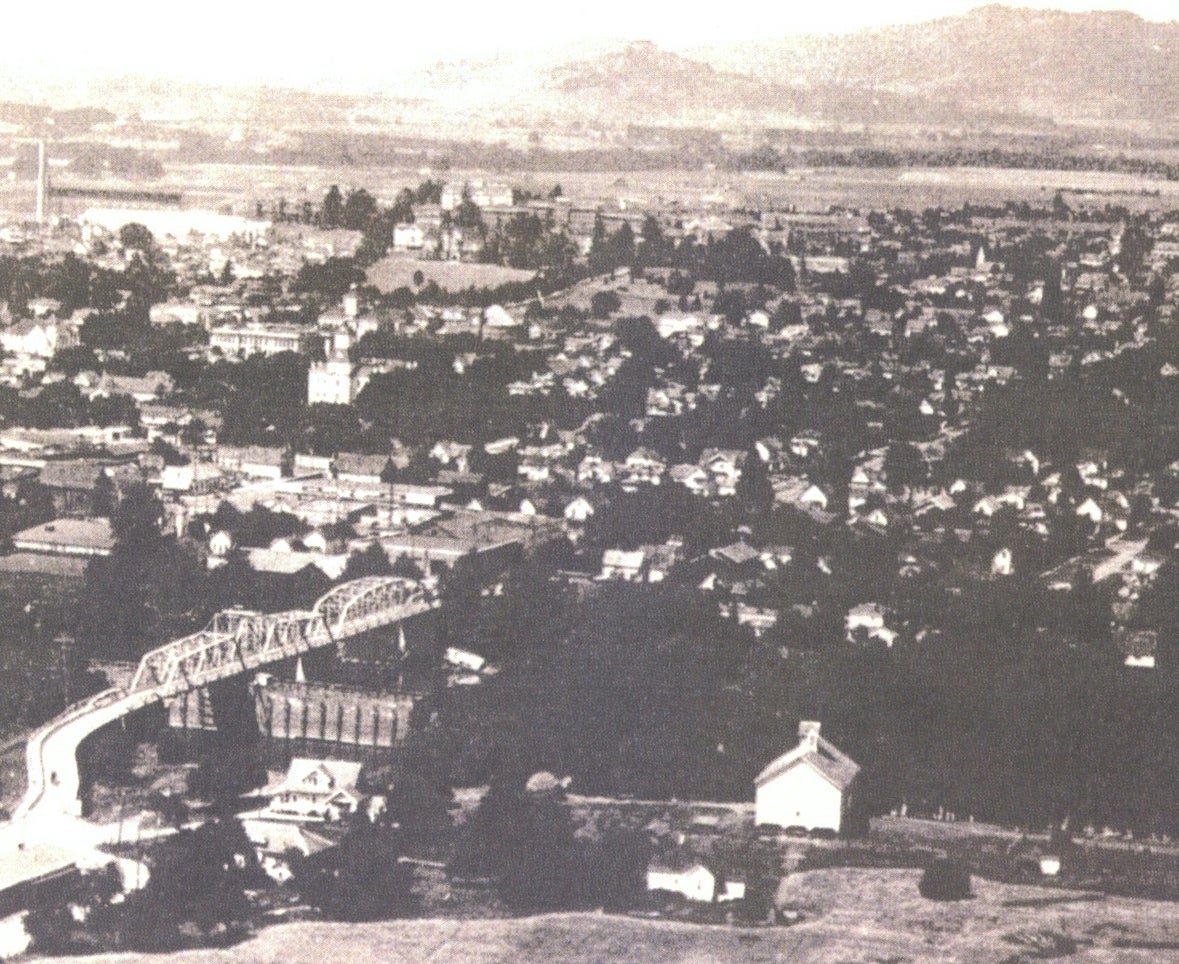 | OR 34: VAN BUREN BRIDGE PROJECT In 2022, MNCH archaeologists and researchers took on a data recovery project for the Oregon Department of Transportation to study land around the Van Buren Bridge in Corvallis. The research is part of a plan to build a new earthquake-ready bridge in the same location. Corvallis used some area surrounding the bridge as a community dump site between 1910 and 1913. The site has potential to provide unique and significant information about the ethnicity, demographics, businesses, household practices, and trash disposal methods of Corvallis during a narrow window of time in the early twentieth century. Read more. |
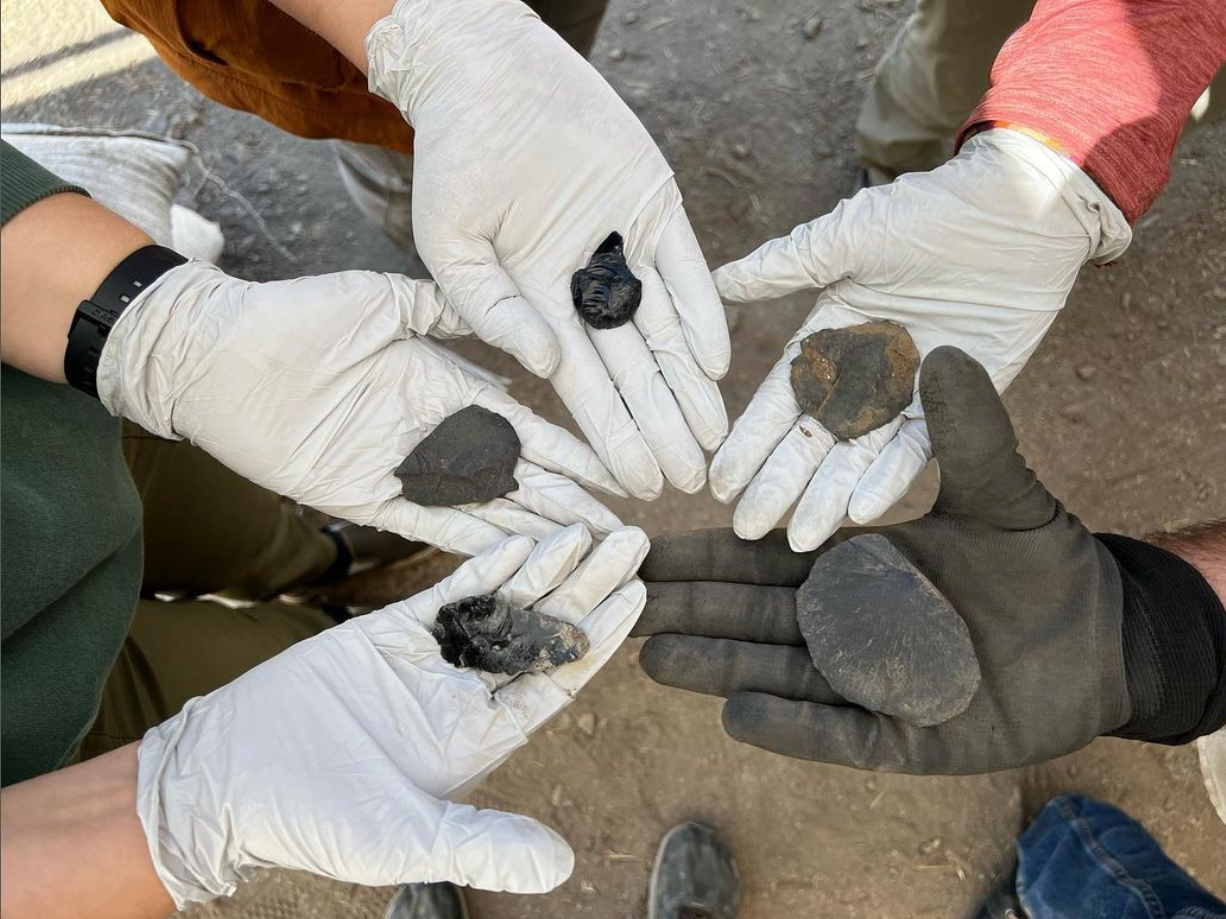 | HANDS ON ANCIENT HISTORY Every summer, students and faculty members from the University of Oregon travel to the Museum of Natural and Cultural History’s Archaeology Field Schools. It's 5:30 a.m. and the earliest risers in the group, including field school director Dennis Jenkins, begin leaving their tents to congregate and brew coffee for the camp. Several coffee pots set to percolating, jockeying for space and electricity in a yurt that serves as the camp’s kitchen. “I make sure to wish everyone a good morning and let them know we’ll be having a good day doing something really important,” says Jenkins, a specialist in archaeology of the Great Basin region. |
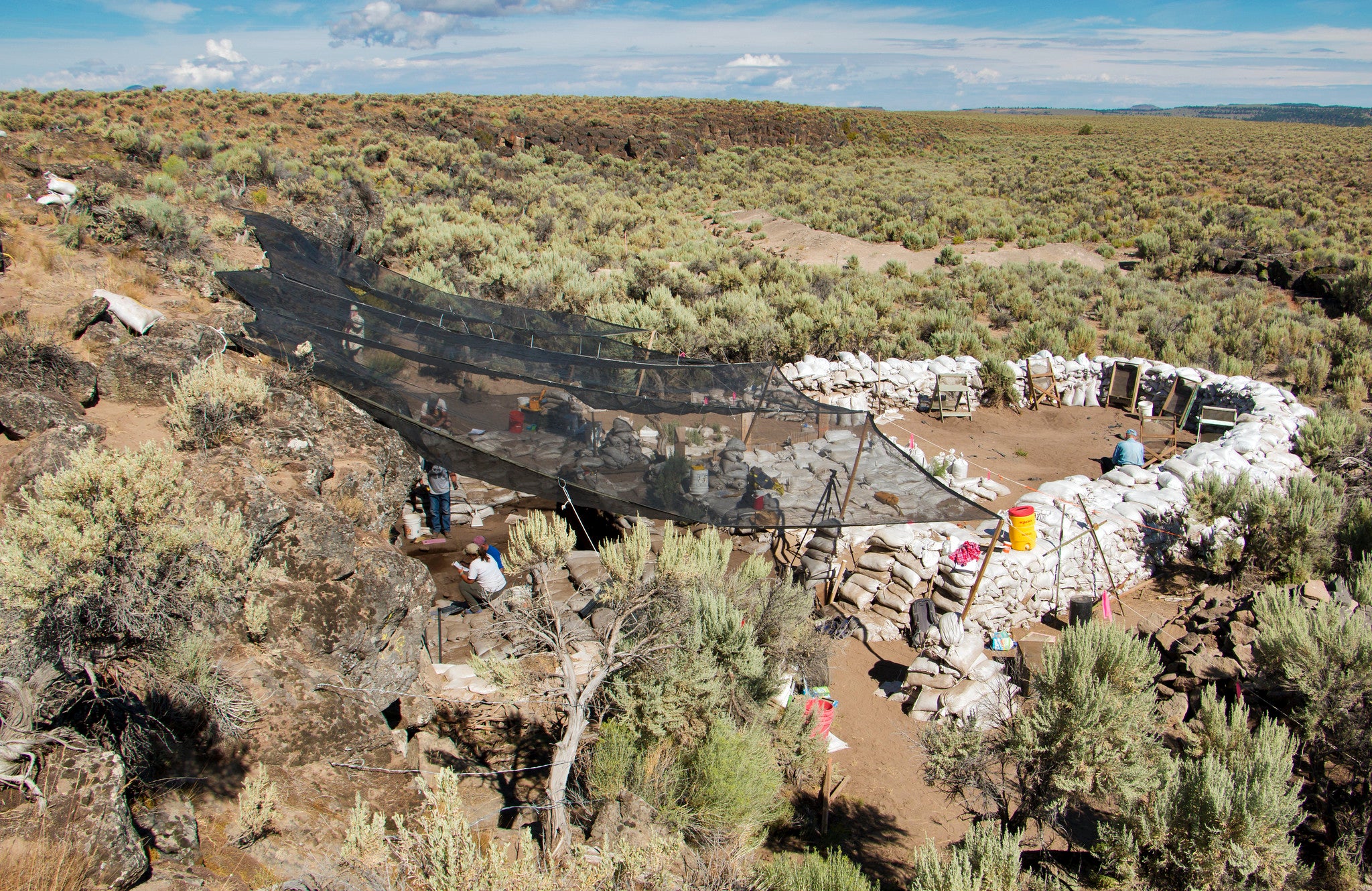 | AT AN ANCIENT SITE, HOLDING HANDS ACROSS HISTORY The Rimrock Draw rock shelter doesn’t look like the kind of place that could upend our understanding of human history in North America. But recent archaeological finds have thrust the remote site into the spotlight. A collection of stone tools interspersed with tooth enamel from extinct mammals suggests that humans lived here eighteen thousand years ago—several thousand years earlier than previously thought. That makes Rimrock Draw the earliest currently known site of human habitation in North America. |
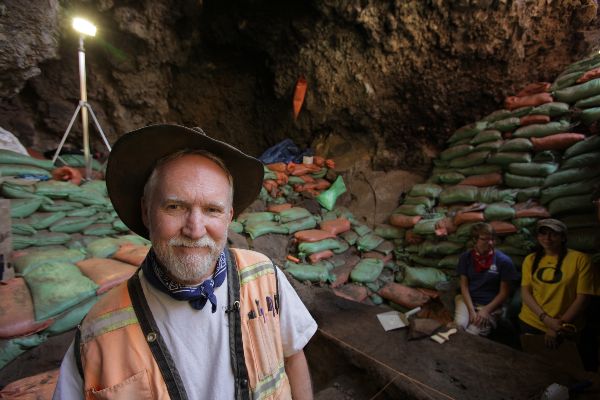 | A NEW SCOOP ON ANCIENT POOP In 2017, an international team of researchers joined MNCH archaeologist Dennis Jenkins (pictured) at Oregon's Paisley Caves to help resolve a scholarly debate about how and when people first came to the Americas. Led by Newcastle University landscape archaeologist Lisa-Marie Shillito, the team gathered samples of organic matter and sediment to zero in on the age of the desiccated feces, or coprolites, that Jenkins first uncovered at the site over ten years ago. The results of their study were published in 2020 in a Science Advances article coauthored by Shillito and her team along with Jenkins and MNCH archaeological research director Tom Connolly. Their findings? People were camping at Paisley Caves more than 14,000 years ago—a thousand years before Clovis, the culture long thought to be North America's first. Read more. |
 | ZOOARCHAEOLOGY AND LIVING TRADITIONS Madonna Moss, professor of anthropology at the University of Oregon and the museum's curator of zooarchaeology, specializes in the archaeology of the Pacific Northwest Coast. She recently joined John Goodell of the Elakha Alliance to discuss the museum's zooarchaeological collections—and how they can help defend Indigenous cultural practices in the modern world. Listen to the podcast. Learn more about Professor Moss' research through her recent article, Did Tlingit Ancestors Eat Sea Otters? Addressing Intellectual Property and Cultural Heritage through Zooarchaeology, published spring 2020 in American Antiquity. |
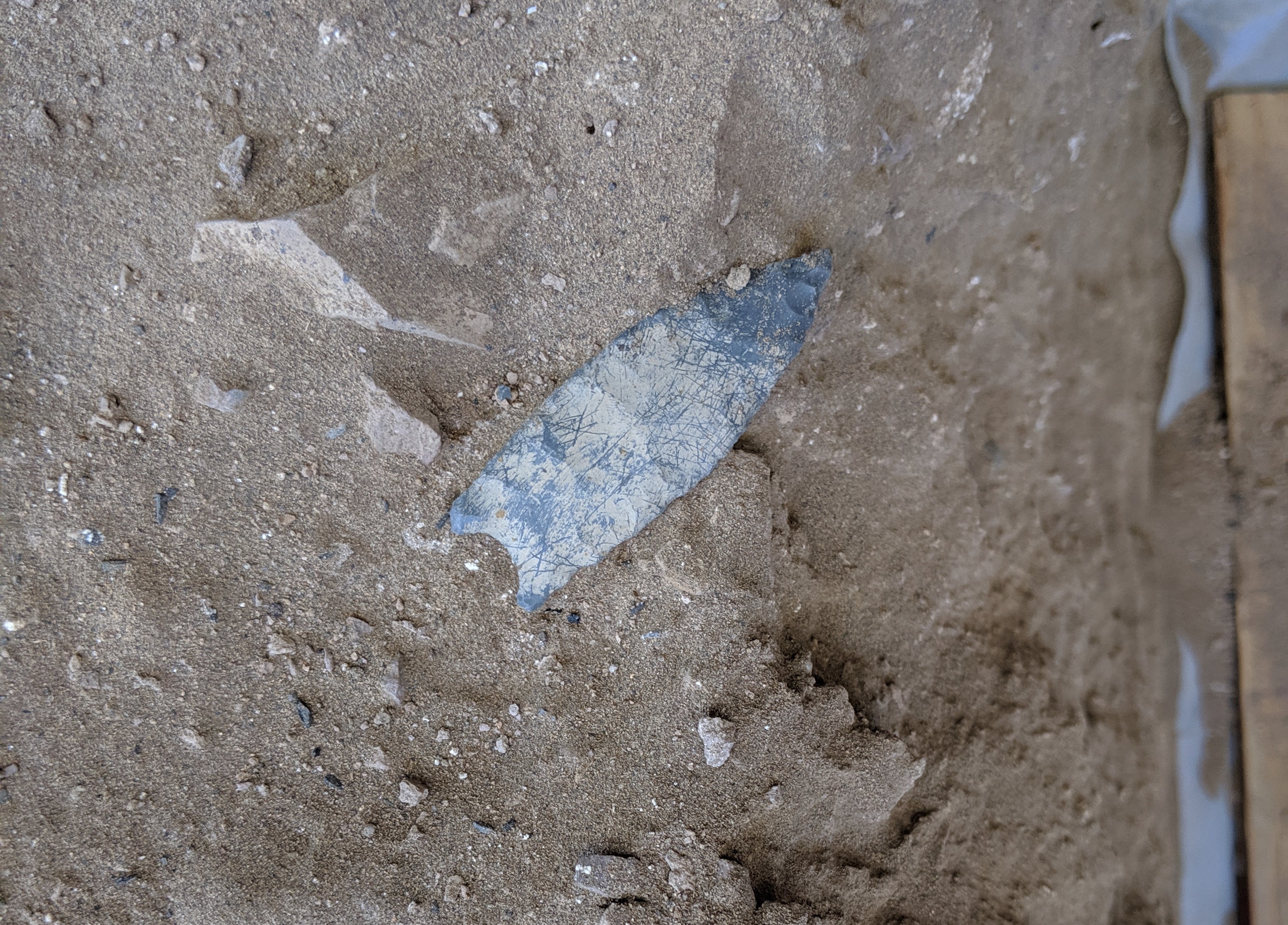 | ARCHAEOLOGY STUDENT MAKES EXTRAORDINARY FIND Last summer, a student uncovered a complete Great Basin concave base projectile point at the museum’s Connley Caves field school. Found in wind-blown sediments from a nearby dry lakebed, the tool was likely used for hunting and appears to be made of volcanic material. Radiocarbon dates from nearby samples suggest that the point dates between 12,400 and 13,500 years old. Students gathered associated charcoal samples for lab analysis, which will generate a more precise radiocarbon date. The artifact may turn out to be one of the oldest Great Basin concave base points ever found. Stay tuned for updates from our research team! |
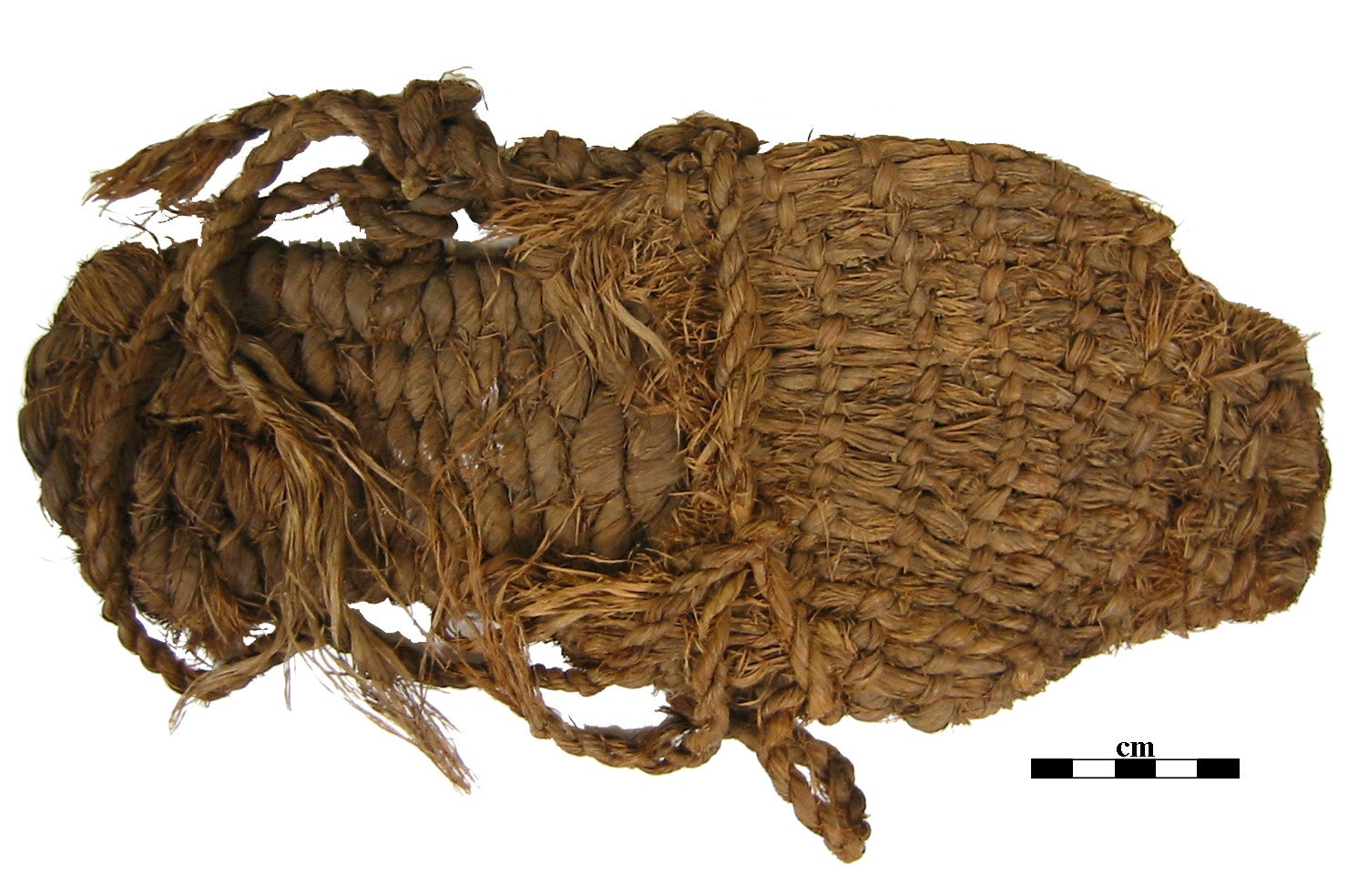 | FIBER ARTIFACT DATING PROJECT With generous funding from the U.S. Bureau of Land Management, museum archaeologists are collaborating with the Nevada State Museum and the University of Nevada, Reno on an ongoing radiocarbon-dating project focused on ancient fiber artifacts from the northern and western Great Basin, a high desert region that straddles Oregon, Nevada, and California. During the project's early phases, Tom Connolly, then the archaeological research director, dated a number of woven sandal specimens via AMS 14C, which requires just a tiny sample. The results showed that Fort Rock-style sandals were made from about 10,200 to 9,300 years ago—making them the oldest directly-dated shoes in the world. More than 500 artifacts from our collection of perishables have now been directly dated to as far back as 12,500 years. Thanks to grants from the BLM and the museum’s Sandal Society, many of these fragile objects are now accessible online through our searchable Northern Great Basin Archaeological Perishables Catalog, part of the museum's Anthropological Collections online database. Download the fiber artifacts additional reading list to learn more about our research in this area. |
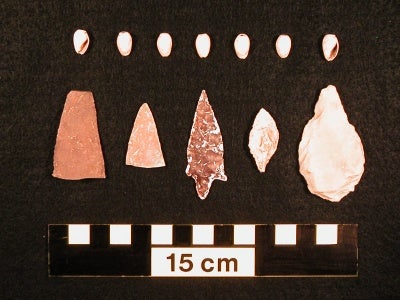 | ERLANDSON REVEALS STORY OF 10,000-YEAR-OLD TUQAN MAN In 2018, archaeologist Jon Erlandson and partners went public with the story of 10,000- year-old Tuqan Man, the remains of a Native American man discovered in 2005 on California’s Channel Islands, an area where Erlandson has conducted more than three decades of field research. Tuqan Man, named after the Chumash Indian name for San Miguel Island, predates by 1,000 years the famous Kennewick Man from the Columbia River area. Along with Todd Braje of the California Academy of Sciences, Erlandson identified the remains during an excavation on San Miguel Island. Exposed by erosion caused by historical overgrazing, the bones were at risk of being lost unless stakeholders acted quickly. Erlandson and the National Park Service consulted with Chumash Tribal members, deciding together to complete an excavation to preserve and study the remains. The scientific team determined that Tuqan Man had a significant cultural relationship to the maritime people who settled the Channel Islands at least 13,000 years ago. The Chumash Tribe was granted custody of the remains, and last month, the Santa Ynez Band of Chumash Indians returned them to a final resting site on San Miguel Island. “This was a wonderful case of cooperation between scientists and Native American Tribal members” Erlandson said, “and I’m delighted to see Tuqan Man finally returned home.” |
 | PALEOETHNOBOTANY The museum's paleoethnobotany laboratory specializes in macrobotanical analysis, including the examination of seeds, charcoal, wood, nuts, berries, cones, roots, bulbs, and corms, among other plant parts. These remains are typically recovered in cultural features such as cooking hearths and other thermal features, living surfaces, storage pits, and privies.
|
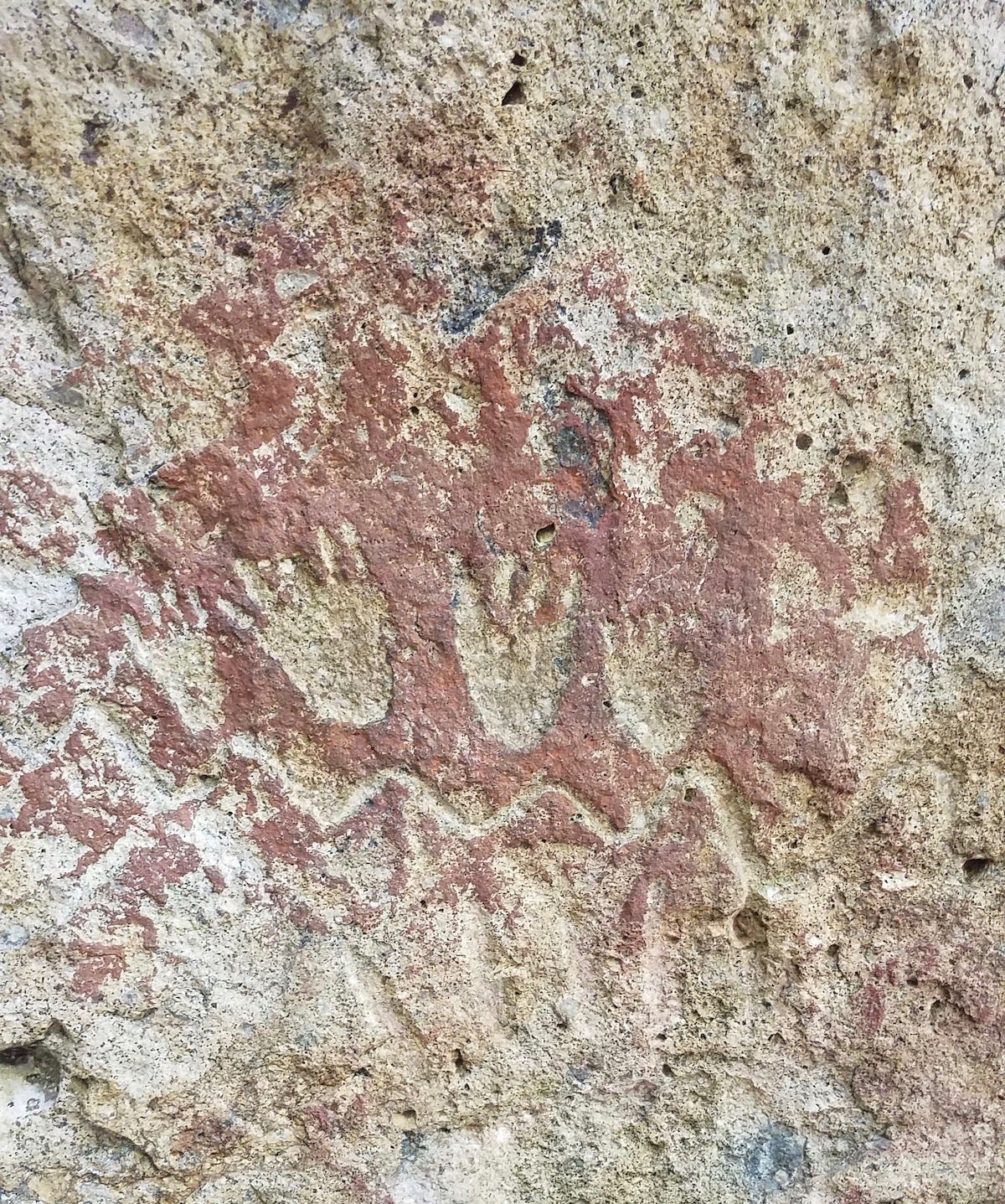
| CASCADIA CAVE RADIOCARBON DATING PROJECT Early Holocene sites in the Willamette Valley are rare, and excavated ones extremely so. Cascadia Cave at Cascadia, Linn County, Oregon, was extensively excavated in 1964, and placed on the National Register of Historic Places in 1988. It remains the most extensively excavated and best dated Early Holocene site in the Willamette Basin, with an extensive assemblage of lithic artifacts and several associated radiocarbon dates. A re-analysis of the Cascadia Cave collections and further radiocarbon dating efforts are currently underway. Led by museum archaeologists Paul Baxter, Tom Connolly, Jaime Kennedy, and Patrick O’Grady, along with Richie Rosencrance of the University of Nevada, Reno, the project has been made possible through a research grant from the Museum of Natural and Cultural History. |
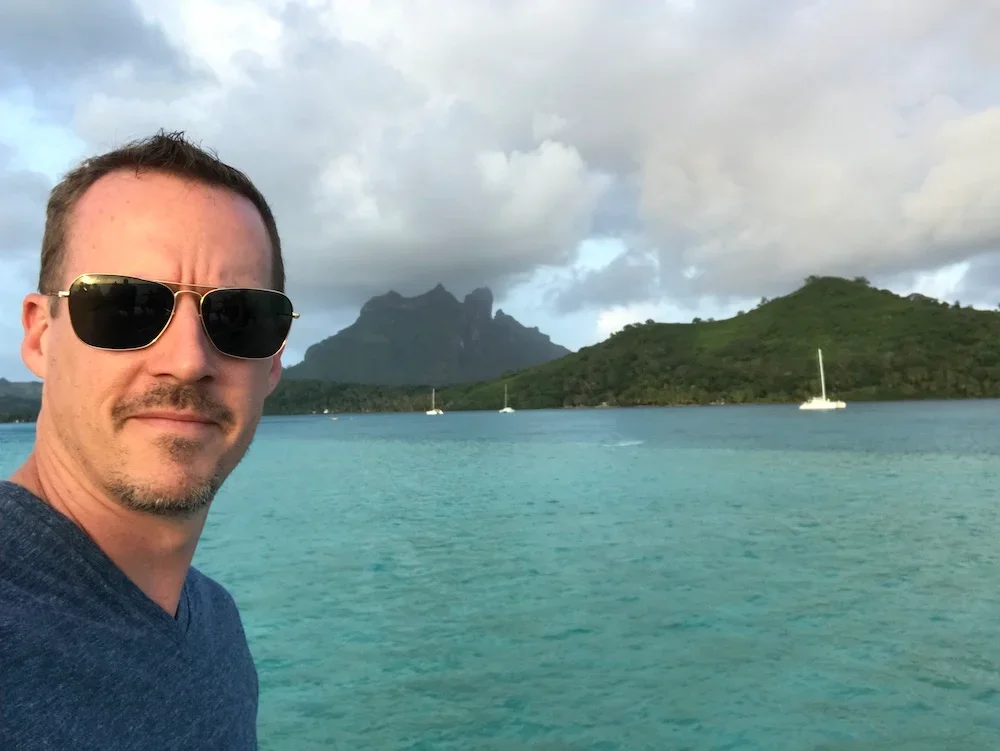 | ISLAND AND COASTAL ARCHAEOLOGY Over the last several years, Scott Fitzpatrick has worked on field projects in Palau, Yap, Curaçao, Barbados, the Grenadines, the Florida Keys, and the southern Oregon Coast. The projects involve collaborating with local and descendant communities and are focused on how and when peoples settled different islands in the past, the types of impacts that occurred to ecologically pristine environments, spheres of interaction and exchange that developed over time, and historical ecology approaches to how climate affected cultural behaviors. Many of these projects have involved the training of undergraduate and graduate students and have been conducted with support from the National Science Foundation, National Geographic, Sigma Xi, Department of Interior, and the Sasakawa Peace Foundation. |
 | FIRST AMERICANS RESEARCH AT THE CONNLEY CAVES Since 2000, museum archaeologist Dennis Jenkins has been leading investigations at Oregon's Connley Caves with the museum's summer field school. The caves, located in the Fort Rock basin, were first brought to archaeologists' attention by Stephen Bedwell in the late 1960s and early 70s. Bedwell reported rich cultural deposits of the Western Stemmed Tradition (WST), though some scholars raised concerns about a lack of methodological precision in Bedwell's work. The field school returned to the site to open new investigations. Cave 4 produced rich undisturbed deposits of WST materials including Hasket projectile points, eyed bone needles, scrapers, knives, and thousands of obsidian flakes. Radiocarbon dating indicates that human occupations began at the site about 13,000 years ago, with the majority of occupations occurring 11,500 to 12,400 years ago. Evidence reveals that bison, mountain sheep, deer, pronghorn, and elk formed a large part of the diet along with rabbits, waterfowl, and fish. Continuing research at the site is driving the need for more precise dating of lake levels, and research of various shorelines will soon begin generating new radiocarbon dates that will help researchers predict where to dig along the shorelines to find additional sites. |
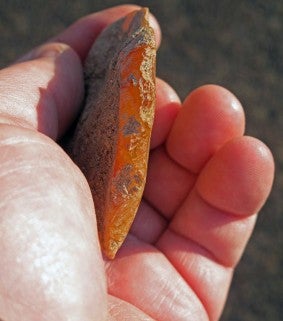 | "RETOOLING" THEORIES ABOUT THE FIRST OREGONIANS
|
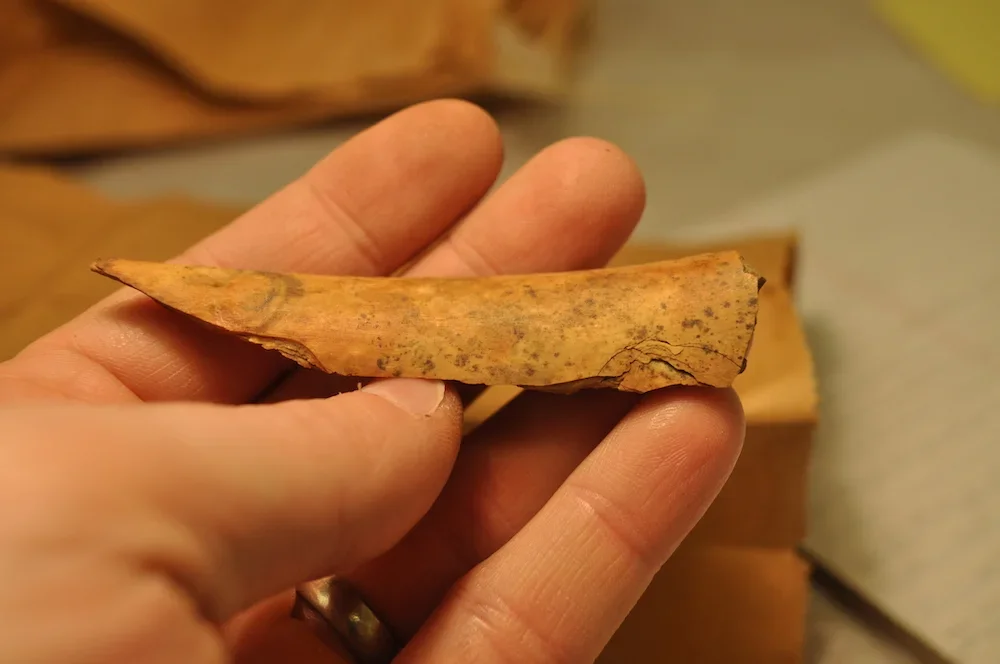 | TAPHONOMIC ANALYSIS OF HIGH DESERT FAUNAL REMAINS The museum's collections can reveal new information as scientific methods and technologies improve. UO archaeologist Luther Cressman and Stephen Bedwell conducted the first excavation at Fort Rock Caves (in 1938) and Connley Caves (in 1967), respectively. They collected large amounts of animal bones, but never analyzed them. MNCH archaeologist Andrew Boehm is taking a fresh look at these bone assemblages to evaluate patterns of burning, carnivore damage, human butchery, and intentional breakage. These patterns help us understand how these sites were created and what human activities took place there through time.
|
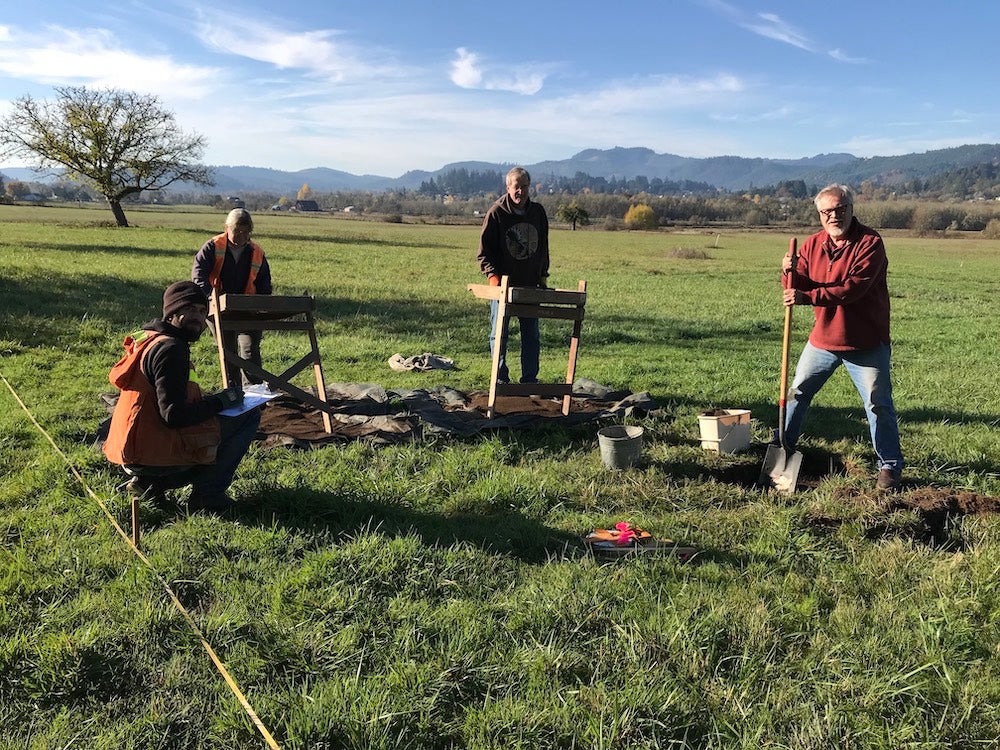 | HISTORICAL ARCHAEOLOGY AT THE APPLEGATE HOUSE Archaeologists Chris Ruiz, Patrick O'Grady, and Liz Carter, in collaboration with Applegate House Heritage Arts and Education (AHHAe) and Lane County Historical Society (LCHS), are currently planning an archaeological investigation at the ca. 1850 Charles and Melinda Applegate House springhouse site in Yoncalla, Oregon. The museum team has been involved in investigations at the site since 2012 and has confirmed the presence of archaeological deposits associated with both early Oregon pioneers and the Native people of the Yoncalla Valley. The springhouse site was a primary water source for pioneers and Native people alike. The project, made possible with funding from the Oregon Cultural Foundation's Oregon Trail Fund and additional support from AHHAe and LCHS, is designed to provide educational access to the site for Tribal members, University of Oregon students, and the wider community, facilitating an enhanced understanding of Native American culture and the early settlement period in Oregon. |
Archaeology services
Archaeology field schools
Archaeology collections
More museum research
